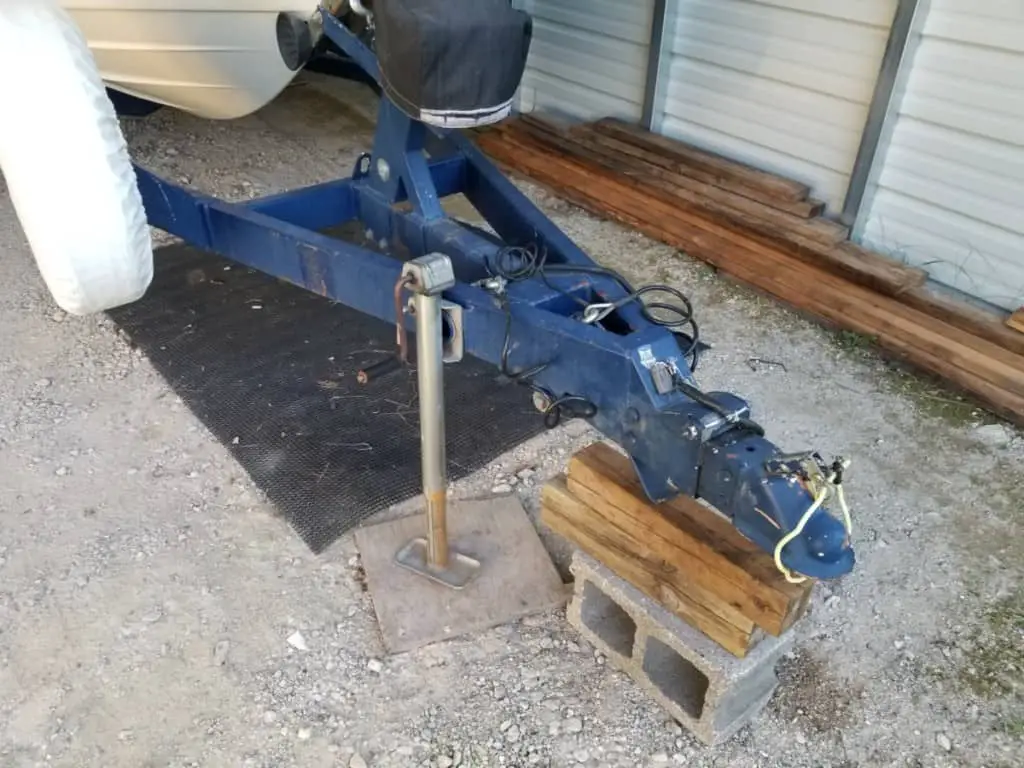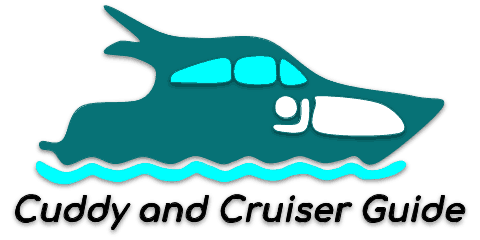Trailering a cuddy cabin boat might seem like a daunting task, especially for those new to the world of boating. However, with the right knowledge, equipment, and some practice, towing your boat to and from your favorite waterways can become a smooth and enjoyable experience.
This comprehensive guide will provide you with valuable information and insights on how to efficiently and safely trailer your cuddy cabin boat.
From selecting the appropriate vehicle and trailer, understanding the intricacies of hitching and securing the boat, to navigating the challenges of driving with a boat in tow, this article aims to arm you with the necessary tools and confidence to make your boating adventures a breeze.
So, let’s dive in and explore the ins and outs of trailering a cuddy cabin boat, ensuring that you’re well-prepared for your next boating excursion.

Choosing the Right Vehicle
When it comes to towing a cuddy cabin boat, the first step is choosing an appropriate towing vehicle. The size, weight, and towing capacity of your vehicle will greatly impact the ease with which you can trailer your boat.
- Vehicle weight: Heavier vehicles provide greater stability and control when towing a boat. Trucks and SUVs with a higher curb weight are typically better suited for towing cuddy cabin boats.
- Towing capacity: Ensure that your vehicle’s towing capacity exceeds the combined weight of your boat, trailer, and any additional gear. This information can be found in your vehicle’s owner manual or by checking the manufacturer’s specifications.
- Engine power: A vehicle with a strong engine will make towing a boat easier, especially when driving uphill or accelerating. Opt for a vehicle with a V6 or V8 engine for better performance.
- Four-wheel drive: A vehicle equipped with four-wheel drive can provide improved traction when launching or retrieving your boat at slippery boat ramps.
Selecting the Right Trailer
The next step in trailering your cuddy cabin boat is selecting a suitable trailer. The type and size of the trailer, as well as the number of axles, will affect the towing process.
- Trailer type: Bunk trailers and roller trailers are the two most common types of boat trailers. Bunk trailers support the boat on carpeted bunks and are generally easier to load and unload. Roller trailers use rollers to facilitate loading and unloading and offer better support for heavier boats.
- Trailer size: Choose a trailer that matches the size of your boat. Ensure that the trailer is long enough to accommodate the boat’s length and wide enough for the boat’s beam (the widest part of the boat). The trailer should also have a weight capacity that exceeds the boat’s dry weight (weight of the boat from the manufacturer and NOT including added gear, supplies, gasoline, water, and equipment that you have added).
- Number of axles: Single-axle trailers are more maneuverable and easier to park, but they may be less stable at higher speeds. Double-axle trailers offer increased stability and can support greater weight but can be more challenging to maneuver.

Hitching Your Boat to the Vehicle
Properly connecting your boat trailer to your towing vehicle is crucial for a safe and smooth towing experience. It’s best to pay attention to the following components:
- Hitch size: Ensure that your vehicle’s hitch receiver matches the size of the trailer hitch. Common hitch sizes are 1-7/8 inch, 2 inches, and 2-5/16 inches. Using an incorrect hitch size can lead to a dangerous and unstable connection.
- Safety chains: Always connect safety chains from the trailer to the towing vehicle in a crisscross pattern. This will prevent the trailer tongue from hitting the ground in case the hitch connection fails.
- Trailer lights: Connect the trailer’s lighting system to the towing vehicle’s electrical system using the appropriate connector. Test the trailer’s brake lights, turn signals, and running lights before hitting the road.
Tips for Towing a Cuddy Cabin Boat
Once your cuddy cabin boat is properly hitched to your vehicle, follow these tips for a safer and more enjoyable towing experience:
- Load distribution: Distribute the weight of your gear evenly throughout the boat to maintain proper balance and stability. Avoid placing heavy items at the front or rear of the boat, as this can cause the trailer to sway while driving.
- Tire pressure: Before setting off, check the tire pressure on both the towing vehicle and the trailer. Properly inflated tires provide better stability and can help prevent blowouts.
- Driving technique: When towing a cuddy cabin boat, be mindful of your driving technique. Accelerate and brake gently to avoid sudden jerks that may destabilize the trailer. Take wider turns to accommodate the extra length of the trailer, and give yourself extra space when merging or changing lanes.
- Windy conditions: Strong winds can affect the stability of your boat and trailer while driving. If possible, avoid towing on particularly windy days. When driving in windy conditions, reduce your speed and maintain a firm grip on the steering wheel to counteract the effects of gusts.
- Practice: If you’re new to towing a cuddy cabin boat, practice maneuvering in an open, empty parking lot before venturing out on the road. This will help you become more comfortable with the handling and performance of your vehicle and trailer combination.
Launching and Retrieving Your Boat
Once you arrive at your destination, you’ll need to launch and retrieve your cuddy cabin boat. This can be a very intimidating process if you’ve never done it. All eyes are on you at the boat launch! These processes can be made easier by following these tips:
- Prepare your boat: Before launching, remove any tie-down straps and ensure that the boat’s drain plug is in place. Load any necessary gear into the boat and check that everything is secure.
- Trim your engine up: If you have an outboard engine, make sure it is trimmed up so that the bottom (skeg) doesn’t scrape the concrete as you’re backing in.
- Backing up: When backing up to launch or retrieve your boat, use your side mirrors to guide you. Having a spotter help guide you makes it a lot easier and provides a second set of eyes to make sure you don’t back into anything or anyone. Take your time to avoid any mishaps.
- Launching: Slowly back your vehicle and trailer into the water until the boat begins to float. Release the boat from the trailer, and then carefully pull your vehicle forward and out of the water.
- Retrieving: Position your trailer in the water so that the boat can be driven or winched onto it. Secure the boat to the trailer with the bow eye and winch strap, and then pull your vehicle and trailer out of the water.
Final Takeaways
Towing a cuddy cabin boat can be a straightforward and enjoyable experience with the right preparation and knowledge. By selecting the appropriate vehicle and trailer, properly hitching the boat, and following safe towing techniques, you can ensure a successful and stress-free boating adventure.
With practice and experience, you’ll become more comfortable with the process and find that towing your cuddy cabin boat is an achievable task.
Happy Boating!
